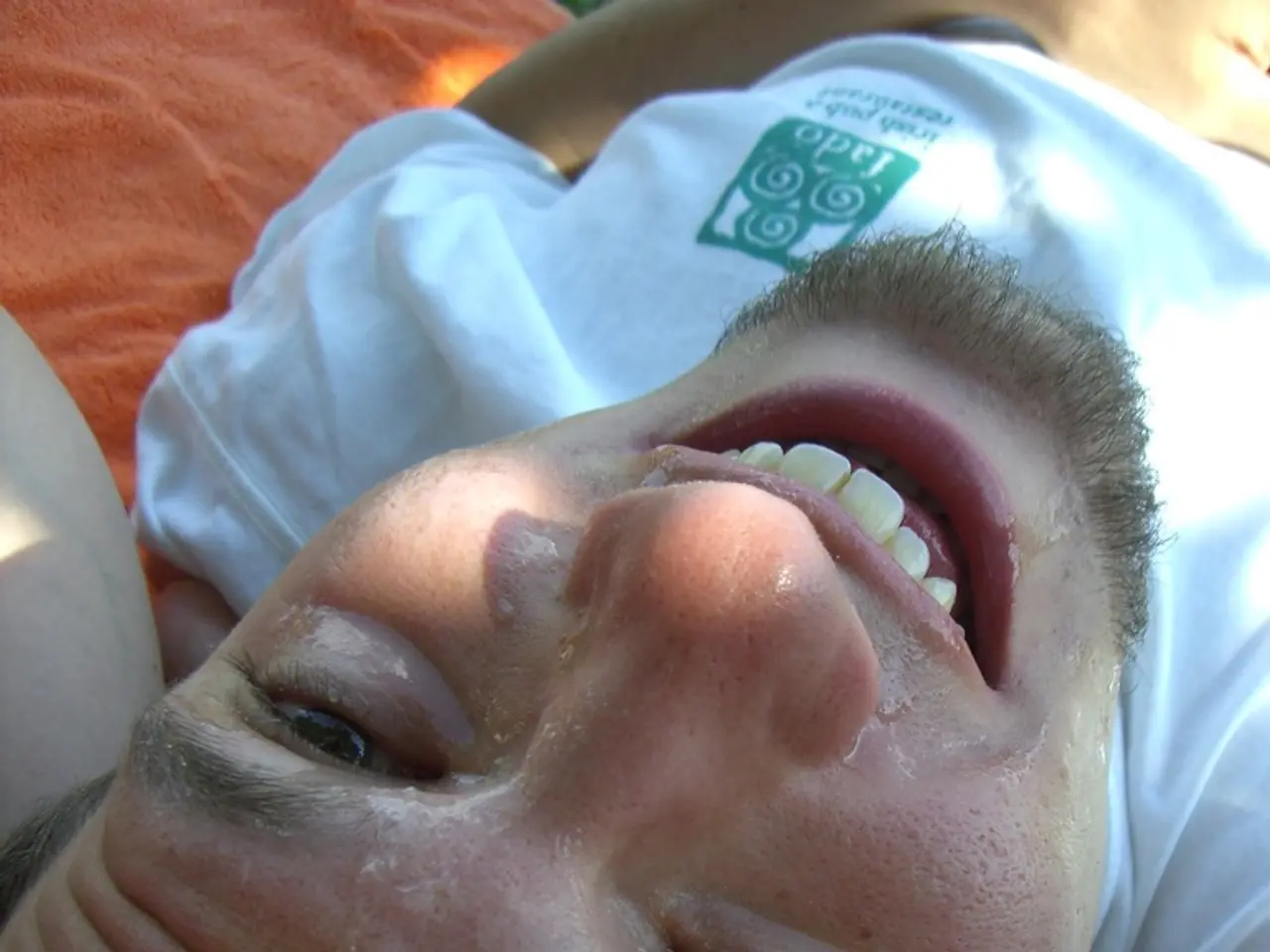Evans Syndrome: Description, root causes, signs, and additional details
**Living with Evans Syndrome: Understanding and Managing a Rare Autoimmune Disorder**
Evans Syndrome is a rare, complex autoimmune disorder that affects the blood cells. Characterized by the simultaneous or sequential occurrence of autoimmune hemolytic anemia (AIHA), immune thrombocytopenia (ITP), and sometimes autoimmune neutropenia, this condition involves the immune system attacking multiple blood cell types.
The exact cause of Evans Syndrome remains unknown, and it does not typically run in families. However, certain triggers such as autoimmune disorders, infections, and certain drugs can lead to its development. Autoimmune disorders, dysregulation of the immune system, and infections like Parvovirus B19, Hepatitis C and B viruses, HIV, CMV, EBV, SARS-CoV-2, and bacterial infections such as Mycoplasma pneumoniae, Mycobacterium tuberculosis, Treponema pallidum, and Brucella are central to its pathogenesis.
Symptoms of Evans Syndrome can vary widely from person to person. Cytopenia, a condition where the number of a type of blood cell is lower than normal, can lead to a variety of symptoms. For example, low platelets may cause bleeding under the skin, leading to the appearance of tiny purple or red spots (petechiae), purple spots on the skin (purpura), larger purple blotches (ecchymosis), and skin that bruises easily. Anemia symptoms due to Evans Syndrome may include fatigue, pale skin, dizziness or lightheadedness, shortness of breath, rapid heartbeat, and yellowing of the skin and eyes (jaundice).
Diagnosing Evans Syndrome can be challenging as there is no specific test for the condition. A doctor will run a variety of tests to rule out other health issues. A complete blood count (CBC) is a test doctors may use to confirm a diagnosis, while a direct or indirect Coombs test is another diagnostic tool, looking for antibodies against red blood cells (positive in AIHA). Imaging tests like bone marrow biopsy, CT scans of the chest, abdomen, and pelvis may also be used.
First-line treatments for Evans Syndrome typically involve corticosteroids, such as prednisone, to suppress autoimmune activity. In acute thrombocytopenia, intravenous immunoglobulin (IVIG) is frequently used to rapidly increase platelet counts. For steroid-refractory cases, second-line and adjunctive therapies like immunosuppressive drugs, such as rituximab, cyclosporine, azathioprine, and mycophenolate mofetil, may be considered. Splenectomy can be considered in some patients with chronic refractory thrombocytopenia.
Recent consensus emphasizes individualized therapy based on severity and associated conditions, incorporating newer biologics and targeted therapies in resistant cases. Rituximab, a newer medication, is considered highly effective for treating Evans Syndrome and avoids some of the side effects of immunosuppressive drugs.
People with Evans Syndrome may benefit from social and emotional support, with online and in-person support groups available for them and their families. Hematopoietic stem cell transplantation could potentially cure Evans Syndrome, but its effectiveness is not yet proven through large studies.
The exact number of people affected by Evans Syndrome is unknown, but a study suggests it may affect up to 21.3 per million adults. With proper diagnosis and treatment, those living with Evans Syndrome can manage their condition and maintain a good quality of life.
- The complex autoimmune disorder, Evans Syndrome, impinges on the medical-conditions of blood cells by causing the immune system to attack multiple blood cell types, such as autoimmune hemolytic anemia (AIHA), immune thrombocytopenia (ITP), and occasionally autoimmune neutropenia.
- Sufferers of Evans Syndrome might encounter symptoms related to cytopenia, where the number of a type of blood cell is abnormally low, leading to conditions like fatigue, pallor, dizziness, shortness of breath, rapid heartbeat, jaundice, bruising easily, and the appearance of petechiae or purpura on the skin.
- To make a diagnosis, doctors often run a series of tests, including a complete blood count (CBC), direct or indirect Coombs test, and imaging tests such as bone marrow biopsy and CT scans of the chest, abdomen, and pelvis.
- In cases where corticosteroids are insufficient, therapies-and-treatments like immunosuppressive drugs, such as rituximab, cyclosporine, azathioprine, and mycophenolate mofetil, may be suggested for managing chronic refractory thrombocytopenia.
- Managing mental-health and searching for emotional support are crucial aspects of living with Evans Syndrome, with online and in-person resources available for patients and their families.
- Overall, while the number of individuals affected by Evans Syndrome is unknown, it is suggested that the condition impacts up to 21.3 per million adults, and with appropriate diagnostics and healthcare-and-wellness strategies, those living with Evans Syndrome can lead fulfilling lives. Skin-care practices may also play a role in overall symptom management for individuals with this rare autoimmune disorder.




